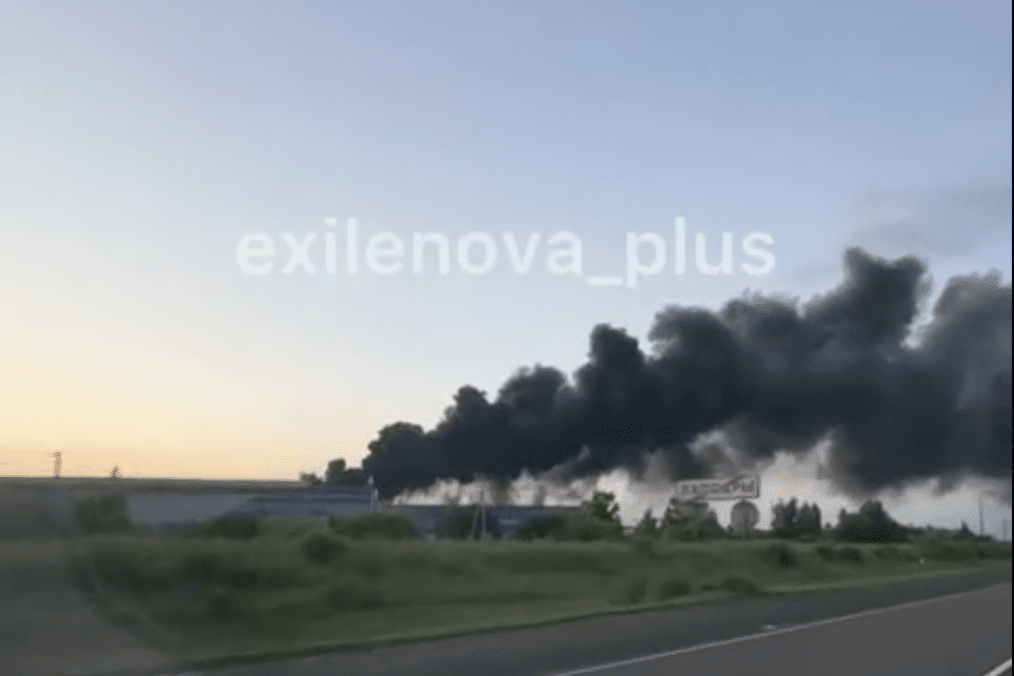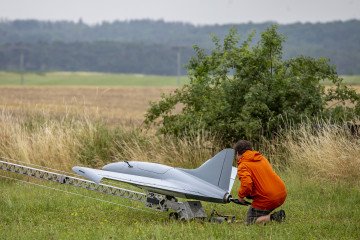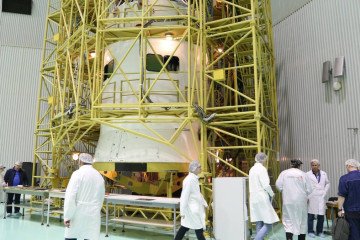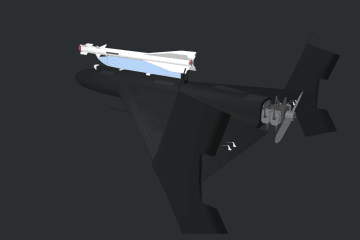Drone attacks were reported across four Russian regions, striking the Borisoglebsk military airfield in Voronezh, igniting a blaze at a boiler plant in Cheboksary, damaging homes in Engels and Saratov, and delaying flights at Pulkovo airport, as officials and residents reported on July 5.
In Voronezh region, the General Staff of Ukraine confirmed that drones struck the Borisoglebsk airfield—home to Su-34, Su-35S and Su-30SM aircraft—hitting warehouses stocked with guided aerial bombs, a training-combat aircraft and, “likely, other planes. Results are being clarified.” The base lies approximately 345 km from the Ukrainian border.
NASA’s Fire Information for Resource Management System registered a significant thermal anomaly near the airstrip following the strike. Voronezh region governor Alexander Gusev later announced that over 25 drones were detected and downed in four districts overnight, a figure the Russian Ministry of Defense revised to 34 intercepted UAVs. These claims cannot be independently verified.
Drones also struck the Chuvashia region’s capital, Cheboksary, targeting VNII R-Progress—the developer of Kometa antennas that protect Russian UAVs from electronic warfare.
👀 Drones reportedly attacked multiple Russian regions overnight.
— UNITED24 Media (@United24media) July 5, 2025
In Cheboksary, the VNIIR-Progress plant was targeted, which produces Kometa antennas used to shield Russian drones from electronic warfare. Explosions were also heard in Voronezh and Saratov regions. pic.twitter.com/x3d6zxxau0
Earlier, on the night of May 22–23, a wave of drone strikes hit the Energia plant in Yelets, Lipetsk region—Russia’s largest producer of chemical power sources for drones, aviation and naval systems—sparking fires across its US- and EU-sanctioned production facilities.

-111f0e5095e02c02446ffed57bfb0ab1.jpeg)







